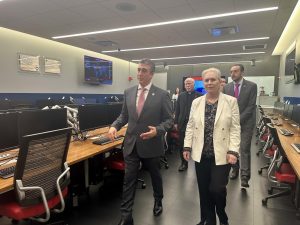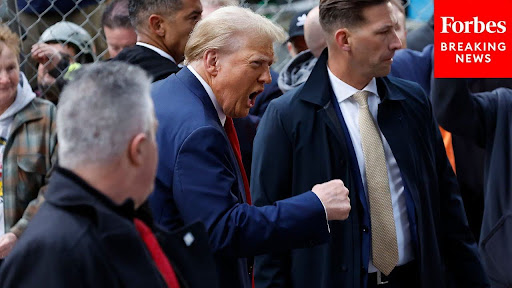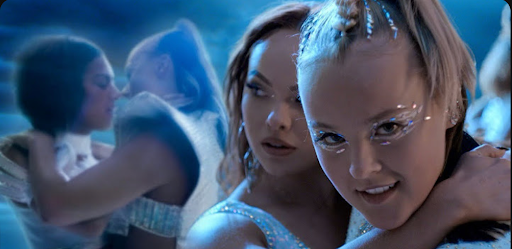This Sunday marked the fourth anniversary of the September 11 attacks, and although time had dulled the pain, for many who were touched by the horror of that day, the wound is still bleeding.
That gaping wound in the heart of the city is the dusty flat lot that has become a tourist mecca- all that was left from the two gleaming giants that once graced the skyline of Lower Manhattan.
Hundreds of tourists gathered in front of the World Trade Center Path Station overlooking Ground Zero, posing in front of the wire fence that separates the platform from the pit where the Twin Towers once stood. In the background, the names of those who perished were read by their relatives and the bells of St. Paul’s church tolled relentlessly.
For some, the World Trade Center footprints and the surrounding area turned into one big cathedral under the sky. It was a place to lay flowers and candles, to cry, to pray, and to reflect on the past four years that so many people spent without a husband, a father, or a friend.
June Douglas, a senior citizen from Long Island, comes to Ground Zero every year to mark the anniversary of the tragedy. “I have to,” she said. ” A part of me is still down there.”
That morning four years ago, when Douglas turned on the television and found out what happened, her legs were temporarily paralyzed from the shock.
“I tried to pull myself up from the couch on my marble coffee table, but I couldn’t,” she recalled, her voice trembling.
When the initial reaction passed, Douglas came to Lower Manhattan to volunteer for a search and rescue party “only there was no one to save,” she said, holding back tears as she remembered the harrowing scene that was revealed to her at the time.
“I couldn’t believe it,” she recalled. “Everything was still burning, the stench from gasoline was thick.” After spending so much time on the smoldering Ground Zero, Douglas developed lung problems, but when asked if she regretted volunteering for the rescue mission, her answer was a decisive “no.”
“I wouldn’t change anything, I would’ve still come,” she said.Douglas arrived at the very beginning of the ceremony marking the anniversary of 9/11, which started at 6:00a.m., despite the morning chill.
“Today I came down to the footprints of the towers and I got on the ground and held the pebbles,” Douglas said. As she does every year, she brought with her a small American flag to match her star-spangled vest, which was torn by a windstorm during the first anniversary of September 11.
“I didn’t repair it,” she said. “I call it ‘my tattered old flag.'”
Not everyone, however, treated Ground Zero as a place to pay respect and pray silently. The site presented a surreal tapestry of mixed people, moods and attitudes: Rough looking motorcyclist groups, civic and religious organizations, a man selling patriotic balloons, smiling and camera-snapping tourists, and political protestors that presented their agendas, which sometimes led to scuffles and required police intervention. One such group was holding a large red poster with white lettering that read “THE BUSH REGIME ENGINEERED 9-11”.
A striking figure of a lone fireman in full dress uniform, his head bowed, sharply stood out in the noisy and restless crowd. He stood still and silent throughout the ceremony that lasted more than four hours.
Among the hundreds of foreign visitors who came to this year’s remembrance ceremony were London police officers who mingled with their American colleagues and exchanged souvenirs with them.
Detective Constable Steven Parks said with a heavy cockney accent that he came to New York “just to experience [Ground Zero] and to show solidarity with New York people.”
Douglas Potoksky, 55, a professional chef and an amateur photographer who donated his works dedicated to 9/11 to the Smithsonian Institute, did not lose anyone during the attacks of 2001, but he felt obligated to do something for those who did.
“I wanted to take a negative and do something positive with it,” Potoksky said.
Initially, Potoksky wanted to cook for the volunteers who worked at the site, but when he was turned down, he decided to take pictures of the makeshift memorials that sprung up around the city and distribute them for free. He has been doing it for the past four years.
“I gave out two, three thousand pictures to policeman and fire fighters,” said Potoksky. “The photography is about everything in this country. It’s really about all of us.”
A different and a more solemn way of marking the fourth anniversary of 9/11 was presented later in the day at the Trinity Church on the corner of Wall Street and Broadway.
At 2:00 p.m., after the ceremony of name readings on Ground Zero was completed, many of the relatives of victims came to the dedication of the “Trinity Root,” a bronze sculpture by artist Steve Tobin memorializing the sycamore tree that shielded the Church of St. Paul from a wave of debris produced by the collapsing towers.
“I love this representation,” said Lisa Bellan-Boyer, a volunteer for a medical examiner in Jersey City. She said it reminded her of the famous poem by Joyce Kilmer entitled “Trees.”
Although Bellan-Boyer did not lose any relatives on 9/11, she said she still feels connected to the families who were directly touched by the tragedy.
“Grief is an odd thing,” Bellan-Boyer said as she reflected on those who lost loved ones. “I don’t know if it ever goes away. Ideally, our grief helps us to understand other people’s grief.”
Today everyone got the chance to express their grief and mark that one day in September that changed America: Some rode motorcycles and honked their horns in honor of the victims, others dressed in star-spangled clothes from head to toe, still others passed out leaflets accusing the government of treason.
Bellan-Boyer, too, had her own special way.
“I would like to go down and say some prayers at the pit and then I will go to my shift at the medical examiner’s office,” she said. “There will be families [of victims] coming who need help.”

















